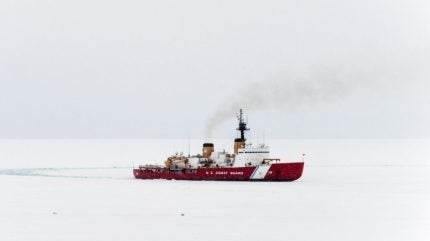
The United States, Canada, and Finland have formed an icebreaker collaboration effort (ICE) pact to work together on building new icebreakers and drive shipping and research efforts in the polar regions.
Announced during the NATO summit in the US, the pact will see the development of an implementation plan for the construction of icebreaker vessels for the three countries and their allies, to be confirmed in a memorandum of understanding by the end of the year.
A joint statement on the initiative said: “This partnership will strengthen the shipbuilding industries in each nation with the goal of creating good-paying jobs in shipyards, marine equipment manufacturers, and many other related services across all three countries.”
The statement also committed to the sharing of expertise, information and capabilities between the three countries to foster the construction of best-in-class vessels.
The ICE pact strengthens the existing shipbuilding efforts of all three nations and comes only a few months after the Canadian Government awarded a contract to local company Chantier Davie Canada for the design of six new program icebreakers.
The US Coast Guard is also working on its own new heavy icebreakers with Bollinger Shipyards under its Polar Security Cutter programme, covering a wide range of uses from security and defence to environmental protection and search and rescue operations.
Additionally, the pact will likely be seen as a partial response to the efforts by Russia and China to increase use of the Northern Sea Route (NSR), a shipping lane in the Arctic circle that provides 40% faster travel times between China and Europe.
While travel along the route had been rising for years, shipping through the NSR paused after Russia’s invasion of Ukraine, but the route has become active again as China looks for an alternative to travelling through the conflict-hit red sea region.
Notably, in the joint statement on the ICE pact, the US, Canada and Finland directly name “new, faster shipping lanes” in the Arctic as having potential for economic opportunities for the three collaborators.
Additionally, the countries said the MoU being developed on their collaboration will be designed to allow other allies to join the pact in the future as partners or participants.



